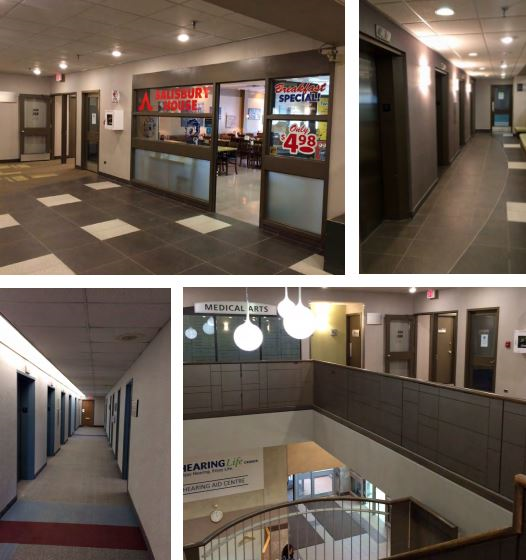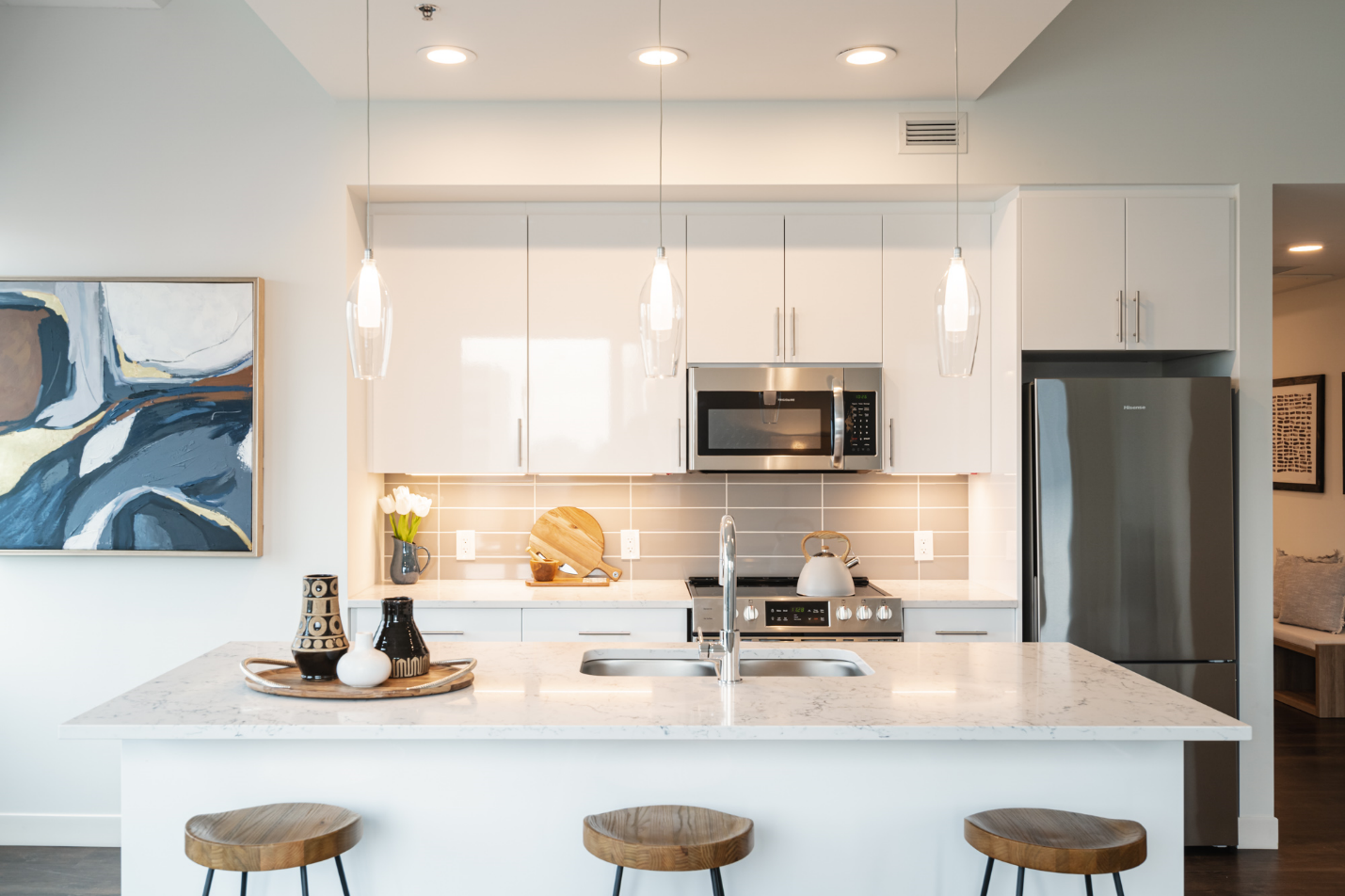
Hong Kong Stocks Are on Their Longest Winning Streak Since 2018
Hong Kong stocks are on their longest-winning streak since 2018, with a growing chorus of market watchers saying the worst of a years-long selloff is probably over.
Latest Videos
The information you requested is not available at this time, please check back again soon.

Hong Kong stocks are on their longest-winning streak since 2018, with a growing chorus of market watchers saying the worst of a years-long selloff is probably over.

Greg Ward, the Macquarie Group Ltd. banker in charge of the firm’s drive to grab a bigger slice of Australia’s mortgage market, will earn more than the boss of the country’s biggest bank for home loans, as the far smaller rival chips away in the ultra-competitive industry.

Deutsche Bank AG plans to double the assets it manages for rich families in Southeast Asia and the Middle East over the next five years, tapping growing ties between ultra-rich clans in both regions, the lender’s global private banking head said.

The jury in Donald Trump’s hush money criminal trial heard a secret recording in which the former president discussed a payment with his then-lawyer Michael Cohen months before the 2016 election.

A “broken” model in banking is creating issues for financing in the commercial real estate industry, according to Josh Zegen, co-founder of Madison Realty Capital.
Sep 25, 2023
, BNN Bloomberg
As Canada grapples with a housing shortage, there has been growing interest in the idea of converting underused offices into apartment units.
While there are challenges to such conversion projects, some developers have pulled it off, with projects underway or completed in major Canadian cities.
Here is a look at one building in Winnipeg that was successfully converted from an office into a residential space, with perspective from tenants on what it is like to live there, and from the developer on how they made it work.

Hallways in the Medical Arts Building in Winnipeg before it was converted into apartments. (HAZELVIEW INVESTMENTS)
HOW DID IT HAPPEN?
Development company Hazelview Investments has converted two office buildings into residential apartments.
One of them, the Medical Arts Building in Winnipeg, added about 104 new rental units to the city’s downtown real estate market, opening its doors to residents in 2021.
Mike Williams, a managing partner and head of real estate development at Hazelview Investments, said the project was the result of office market conditions that had “deteriorated,” with high vacancy levels in Winnipeg.
Former office tenants in the building were able to sublease elsewhere, he explained, allowing the project to go ahead.
“We were left with a vacant office building that worked in our eyes for conversion to residential,” Williams told BNNBloomberg.ca in a telephone interview last month.
It took a few years for the conversion to begin because of the duration of some office lease contracts, Williams said. But after that, the project proceeded quickly and was completed in under two years – quicker than building a new residential tower from scratch, Williams added.
“We're able to move a little bit faster than probably traditional build,” he said.

A room in the Medical Arts Building in Winnipeg before it was converted into apartments. (HAZELVIEW INVESTMENTS)
CONVERSION INCENTIVES
Labour shortages, construction delays and can present roadblocks for conversions in Canada, Williams said. These challenges have arisen amid growing interest in the idea with office vacancies on the rise after the COVID-19 pandemic prompted more hybrid and remote working arrangements.
Regulatory hurdles can also pose challenges. For example, city rules in Toronto dictate that office space removed from the city’s downtown must be replaced, creating barriers for office-to-residential conversions.
Williams said there are generally more opportunities for these types of projects in western Canada, specifically in Calgary, where the city has offered incentives to developers for office conversion projects in response to high office vacancy rates.
Calgary was the location for Hazelview’s other office conversion project.
“They’re trying to find ways to continue to activate their downtown core and make it vibrant with more people living there if they're not going to be working there,” Williams said of Calgary’s initiative.
CONVERSION CHALLENGES
Developers have to consider many factors before converting an office building to residential use, Williams said, and not all offices are the right fit.
“Office buildings are meant to be used differently than residential buildings,” he said. In a residential building, “you're going have significantly more toilets and sinks and dishwashers and washing machines,” he explained.
“A traditional office building wasn't designed to have that same sort of building systems operational throughout the day,” he said.

A room in the Medical Arts Building in Winnipeg after it was converted into apartments. (HAZELVIEW INVESTMENTS)
Other changes need to be made during the conversion process, Williams said, including things like changing stair locations and upgrading HVAC systems that are not suitable for residential use.
Williams said many office buildings are not suitable to be converted because of these differences.
TENANTS’ PERSPECTIVE
Shey Rizi, a tenant of the Medical Arts Building, told BNNBloomberg.ca she was not initially aware of the building's previous use. When she went to see the place, she was “pleasantly surprised.”
“The space was bigger, the ceilings were higher,” she recalled in a telephone interview. “It was interesting. I liked it.”

A room in the Medical Arts Building in Winnipeg after it was converted into apartments. (HAZELVIEW INVESTMENTS)
On the inside of her rental unit, Rizi said there are high, industrial-style ceilings that are “quite spacious” and that the unit is a “bigger space with more flow to it.”
She said there are “pros and cons” to living in the space.
“I really like that they're using previously commercial buildings as residential buildings, in terms of using the space for making more homes. I thought that was a great idea," she said, adding that she appreciates how converting underutilized office space is environmentally conscious.
As for the downsides, Rizi has noticed “some minor details” missing because the building’s previous use, such as a lack of cupboards and spaces for appliances.
Hannah Gibbens, another rental tenant in the building, had been looking for a place to live in mid-March before moving in on July 1.
She told BNNBloomberg.ca she could “hardly tell” the building was formerly an office building, but there are some noticeable features, like concrete walls and ceilings.
Overall, Gibbens said she supports the conversion of underutilized office space to residential purposes, referencing an “incredible amount” of empty buildings or underutilized buildings in Winnipeg.
“We're also really, really hurting for affordable housing,” she said. “We have the space. Why are we not just converting it into housing for people?”